Tree Healthcare
Like any other living thing, tree life cannot survive and thrive unless it is properly cared for. The right environment, the proper nutrients, and regular maintenance all help a tree realize its full potential. Developing a proactive attitude regarding plant health will make it easier for you to achieve and maintain the results you need.
Trees are part of our everyday life. It’s easy for them to melt into the background because we’re so used to seeing them. But if you look closely, you may notice symptoms of various maladies or pests that, left untreated, could lead to lack of growth, decay, and even death. For example, yellowing leaves could be due to chlorosis. Or roots beginning to grow around the trunk could, if given time, eventually deprive your tree of nutrients.
By becoming more aware of the causes of plant health problems, you become better able to determine the proper plant health care in any given situation. However, when it comes to diagnosing and properly caring for your trees, just like with anything else, it’s best to let the experts take care of it.
At CHOP, we have only one goal: to allow plant life to achieve the highest level of health possible and to make your landscape look good doing so.
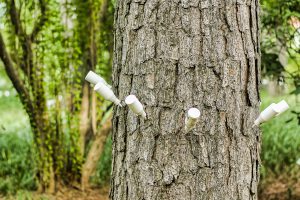
Identifying Tree Health Issues
Any of these look familiar on your trees? That’s a sign you should give us a call, and soon before it’s too late to save your trees!
diseases & infections
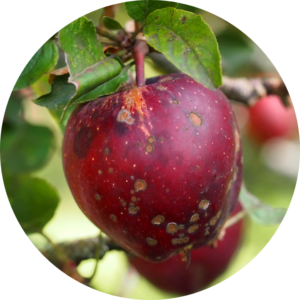
Apple Scab
LearnApple scab is a common infection caused by the fungus “Venturia inaequalis,” which affects malus (or apple) trees. The disease can, in part, be identified by the development of brown lesions on the leaves and fruit of a specimen, which resemble scabs…
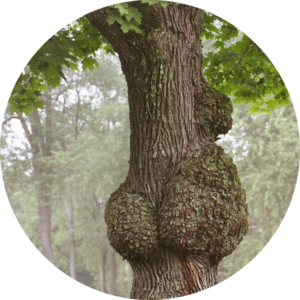
Galls
LearnGalls are abnormal outgrowths, often caused by insect parasites, fungal infections, or bacterial infections, which can develop in a tree’s leaves, roots or branches. They can vary greatly in size, from tiny bumps on a leaf to massive tumors growing…
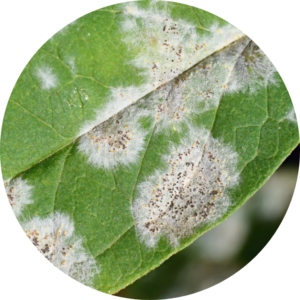
Powdery Mildew
LearnPowdery mildew is one of the most common varieties of plant fungi. It affects almost every kind of plant life. However, powdery mildew is host specific. If a tree is infected, you don’t have to worry about your rose bushes…
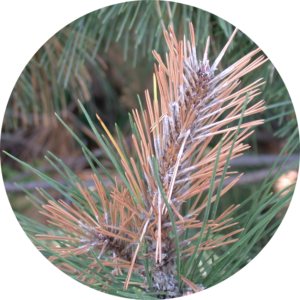
Tip Blight
LearnTip blight (or shoot blight) is a fungal disease that primarily affects pine trees, although spruce and fir trees are also susceptible. It develops as a result of a tree becoming weakened due to factors such as drought and root…
pests
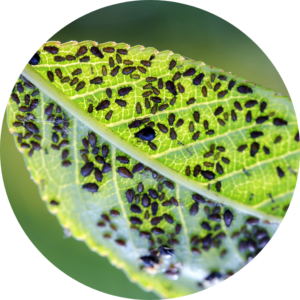
Aphids
LearnAphids are small, soft-bodied, pear-shaped insects. They produce asexually, with adult females capable of giving birth to up to 12 offspring a day, and exist in a variety of colors including green, brown, pink, and more. The aphids possess long…
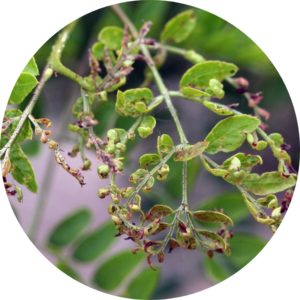
Honey Locust Plant Bug
LearnA pest in this country since the 1950s, the honeylocust plant bug usually emerges in May to feed off the new growth of honeylocust trees. Their appearance in this country seems to have coincided with the introduction of thornless honeylocust…
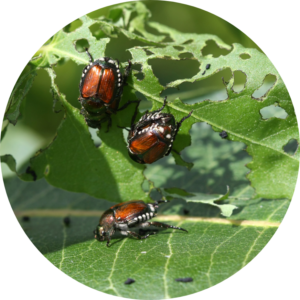
Japanese Beetles
LearnThe Japanese beetle is a pest that is both destructive and difficult to control. First spotted on American soil in 1916, the beetle has managed to flourish here, largely due to the absence of its natural predators. The insect eats…
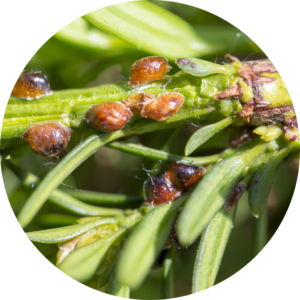
Scale
LearnScale insects are small, largely immobile pests that use small mouthparts six to eight times the length of their bodies to feed on plant sap. They attach themselves to all parts of a tree and, in large enough numbers, can…
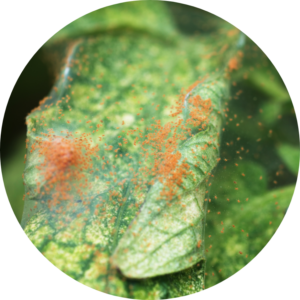
Spider Mite
LearnSpider mites are a variety of arachnid, made up of over 1,200 different species, which are commonly occurring pests in landscapes and gardens. Less than one millimeter in size, they often live on the underside of a tree’s leaves where…
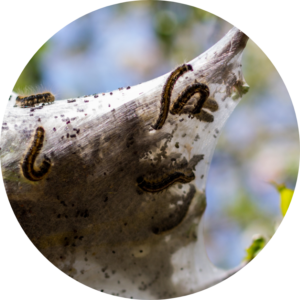
Tent Worm
LearnTent worms (or tent caterpillars) are known to feed mostly on deciduous trees, including apple, ash, cherry, and willow, to name a few. They lay masses of eggs (amounts can vary from 150 to 400 eggs), allowing them to make…
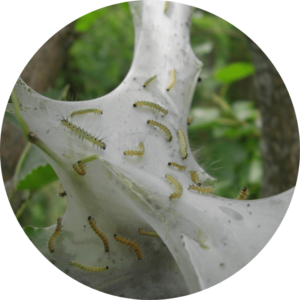
Webworm
LearnWebworms (or fall webworms) are a variety of moth that nests in the limbs of trees during the larval stage of development, causing damage in the process. Usually an inch long as larvae, webworms come in two different color combinations…
plant healthcare
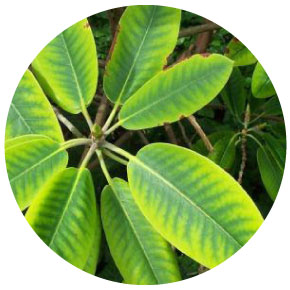
Chlorosis Treatment
LearnChlorosis is a condition that affects trees, resulting in a lack of chlorophyll. An affected specimen experiences a yellowing of its leaves, while extreme cases can lead to a near absence of color. Because chlorophyll is an essential element of…
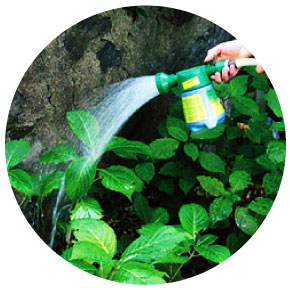
Fertilization
LearnFertilizers can provide trees with essential elements that help to produce the food they need to survive. The amount of fertilizer that should be applied, and the frequency at which this should be done, varies greatly. For example, trees located…
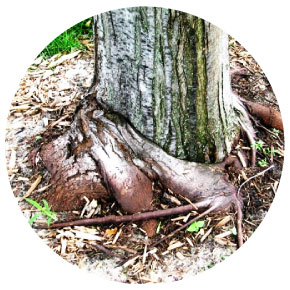
Girdling Root Repair
LearnRoot girdling is when a tree’s roots grow around itself instead of away from its trunk, a process that results in a slow strangulation death that can take decades. By wrapping around the trunk, these roots severely limit the flow…
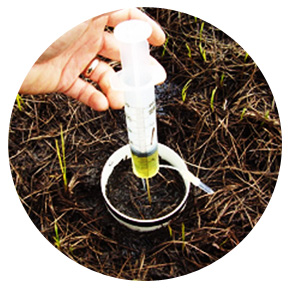
Nutrient Deficiencies
LearnNutrient deficiencies can have a devastating impact on the health of a tree. The most common deficiencies in landscape trees are nitrogen, phosphorous and potassium. Some telltale signs of a lack of proper nutrition include a reduced amount of shoot…
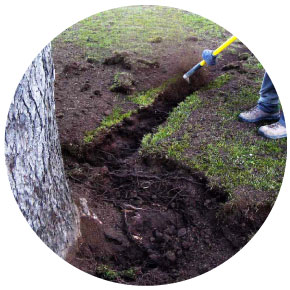
Root Zone Aeration
LearnThe aeration of a tree’s root zone can become a necessary measure if the soil surrounding it has become too impacted. Closely clumped soil robs the tree of vital oxygen, creates a poor exchange of gases between the roots and…
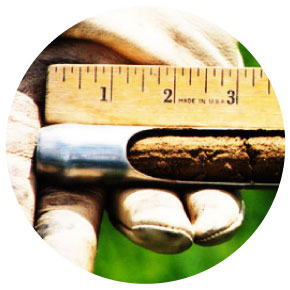
Soil Analysis
LearnWhile different varieties of soil share many of the same characteristics, key differences can affect whether or not a certain tree will thrive in the environment. Natural soil full of nutrients can take centuries to develop, and is the result…
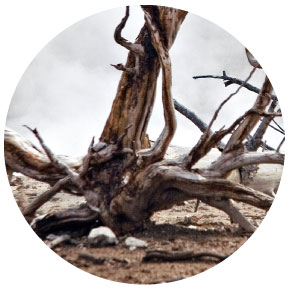
Soil Compaction & Amendment
LearnThe compaction of soil is one of the leading causes of tree death, especially in urban environments. Soil compaction makes it extremely difficult for water and oxygen to reach the tree’s roots, due to the fact that the soil’s particles…
Get in touch with us
Trees in Michigan are always at risk from pests, nutrient deficiencies, and diseases. Monitoring these potential problems is a key part of our service.
The experts at CHOP will develop the correct Integrated Pest Management Program for your landscape, customized to meet your timing and budget needs while our IPM Specialists treat your property for these pests, maladies, and more.
Fill out the form below to get an accurate estimate of your services, and one of our people will get in touch with you as soon as possible!
What our clients are saying


